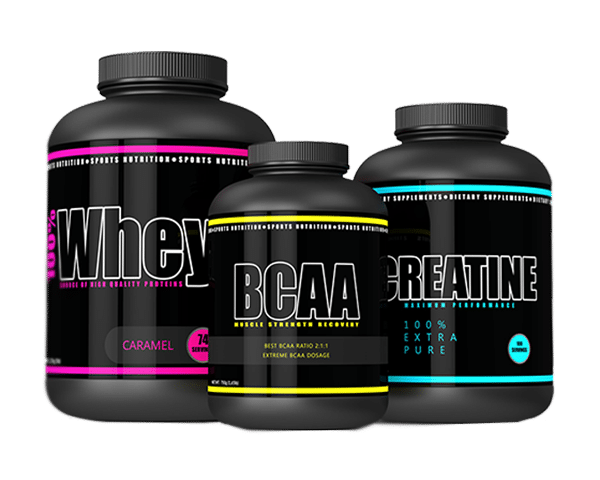
What is a claim?
A claim is a representation for sale. It can be presented as “a word, a sentence, a picture, a symbol, a paragraph or an implication on product labels, package inserts or advertisements, including company websites”. It explains what the product is for and what it does. There are two types of health claims: Therapeutic Claim and Non-Therapeutic Claim. Depending on the health claims, your product can be classified as a cosmetic, NHP, or drug.
Therapeutic Claims
These are claims that must be reviewed by the Natural and Non-prescription Health Products Directorate (NNHPD) prior to receiving its market authorization such as Drug Identification Number (DIN) or Natural Product Number (NPN). These claims can be used in advertising or marketing of the product and must be supported through evidence. Examples are: “Stimulates hair growth”, “Prevent hair loss”, and “Eliminates dandruff”.
Need help with determining if your product is an NHP, drug or cosmetic?
Talk to Experts
- 1-800-396-5144

Non-Therapeutic Claims
These are claims that are made on product labels and its advertisements. Though they must be true and accurate, they do not require review and authorization from Health Canada prior to use. Examples are: “Strengthens hair”, “Healthy Hair”, and “Removes loose dandruff flakes”.
Classification of your product
In order to classify your product, your product must meet one of the definitions above. Product risk, public health safety, and applicable regulatory framework must also be taken into consideration. Two main factors in determining product classification include representation and composition of the product.
Representation and Composition of your product
The classification of your product depends on two main factors: Representation and Composition. Representation can be its function, purpose, and representation for use (such as proposed claims). Composition of your product is the ingredients and their concentrations contained in the formula. For example, in Canada, ingredients like corticosteroids can only be licensed as drugs whereas Green Tea Leaf Extract may be licensed as an NHP or cosmetic product. However, composition alone may not be sufficient in determining its product classification.


